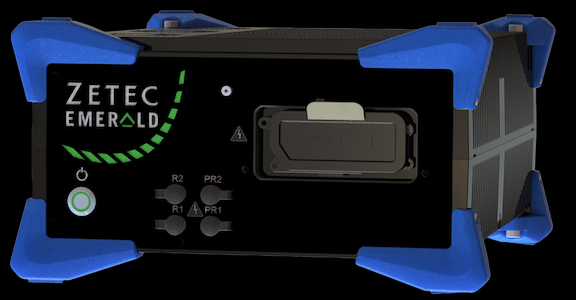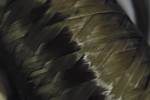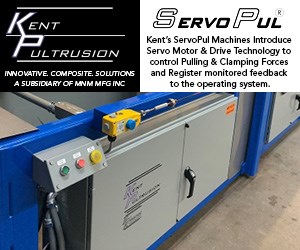Nondestructive testing technologies handle demanding inspection environments
Zetec phased array ultrasonic testing (PAUT) inspection products Emerald and Topaz feature real-time TFM capabilities, more detailed inspection results and improved performance.

Photo Credit: Zetec Inc.
Zetec Inc. (Snoqualmie, Wash., U.S.) a global supplier in nondestructive testing (NDT) solutions, features its latest phased array ultrasonic testing (PAUT) inspection technologies.
Recently introduced, Emerald is a compact phased array UT system with faster data acquisition, more detailed inspection results and improved performance in extreme industrial applications. Emerald delivers real-time multi-TFM (total focusing method) image-processing capability both onboard and offline, plus full matrix capture (FMC, up to 128 elements) and plain wave imaging (PWI). Emerald is ideal for NDT inspections of composites and other multi-layered, anisotropic materials, especially with large surface areas and complex geometries. Aerospace is a typical application.
Alternately, the company’s Topaz integrated, portable phased array UT instruments are reported to produce faster, more accurate results in demanding ultrasonic inspection environments. Driven by UltraVision Touch software, TOPAZ64 features real-time TFM capabilities, high-resolution FMC and increased acquisition frequency in the portable PAUT instrument category.
Related Content
-
Evident wind blade inspection system automates nondestructive ultrasonic testing
An autonomous, cobot-mounted inspection system combines Industry 4.0 with established ultrasonic technology to rapidly provide repeatable, accurate data and improve overall efficiency.
-
MoviTHERM opens in-house NDT lab
New inspection techniques, excitation sources and infrared cameras enhance feasibility study capabilities for customers in the composites industry.
-
Acoustic imaging enables vacuum leak detection
CAMX 2023: Distran is demonstrating how its ultrasonic camera technology rapidly locates leaks during the vacuum bagging process, and reconstructs their position in real time.












.jpg;maxWidth=300;quality=90)
